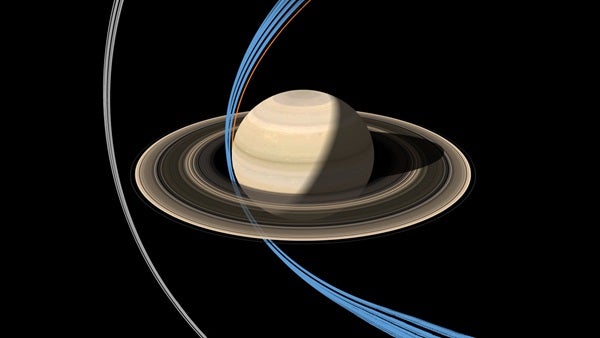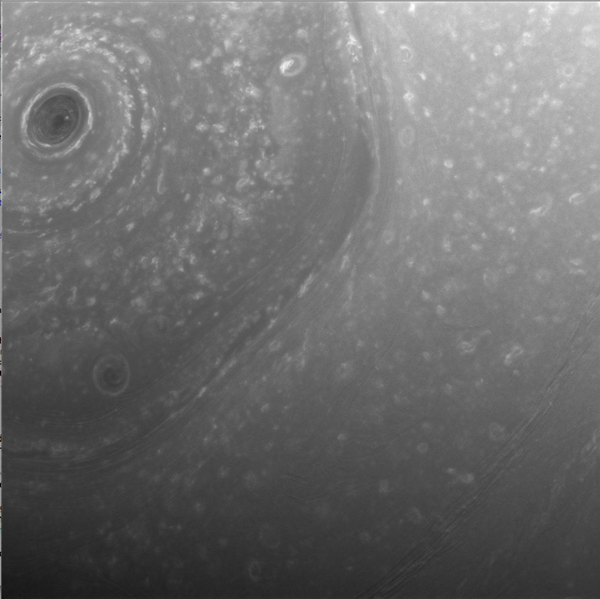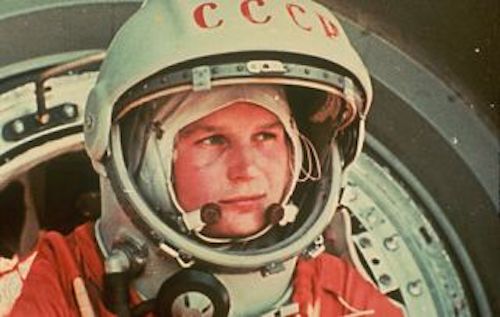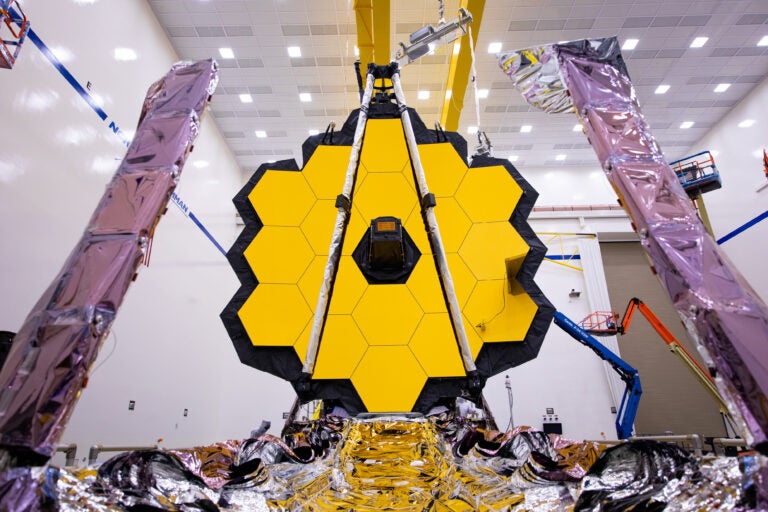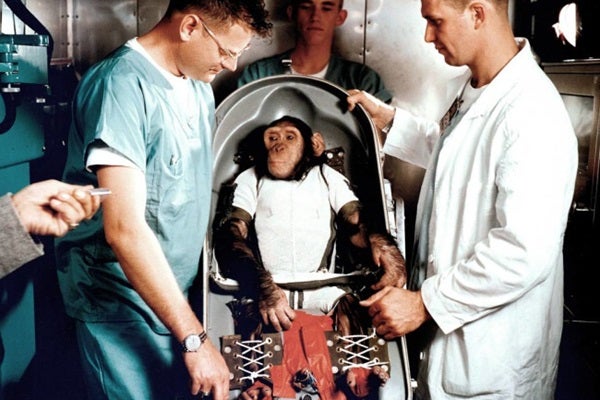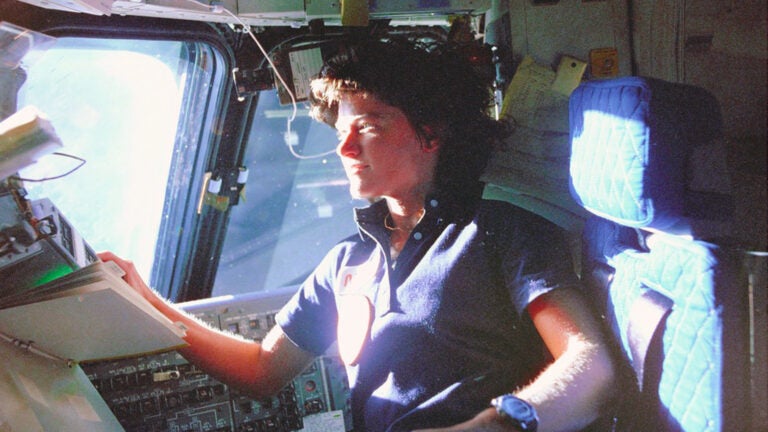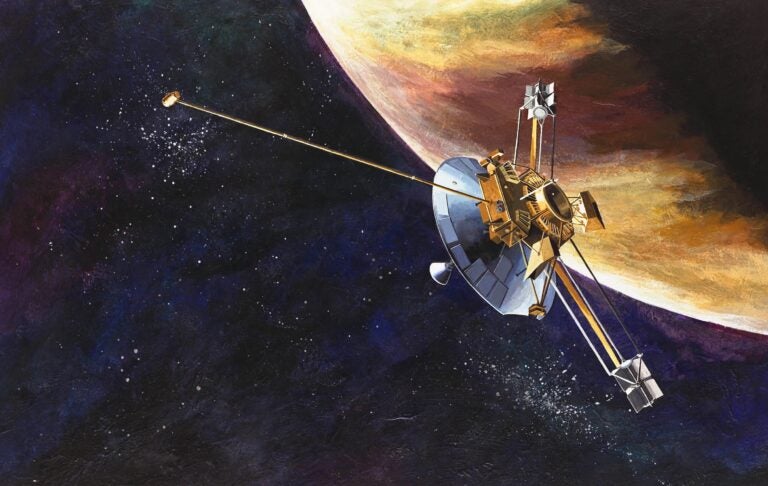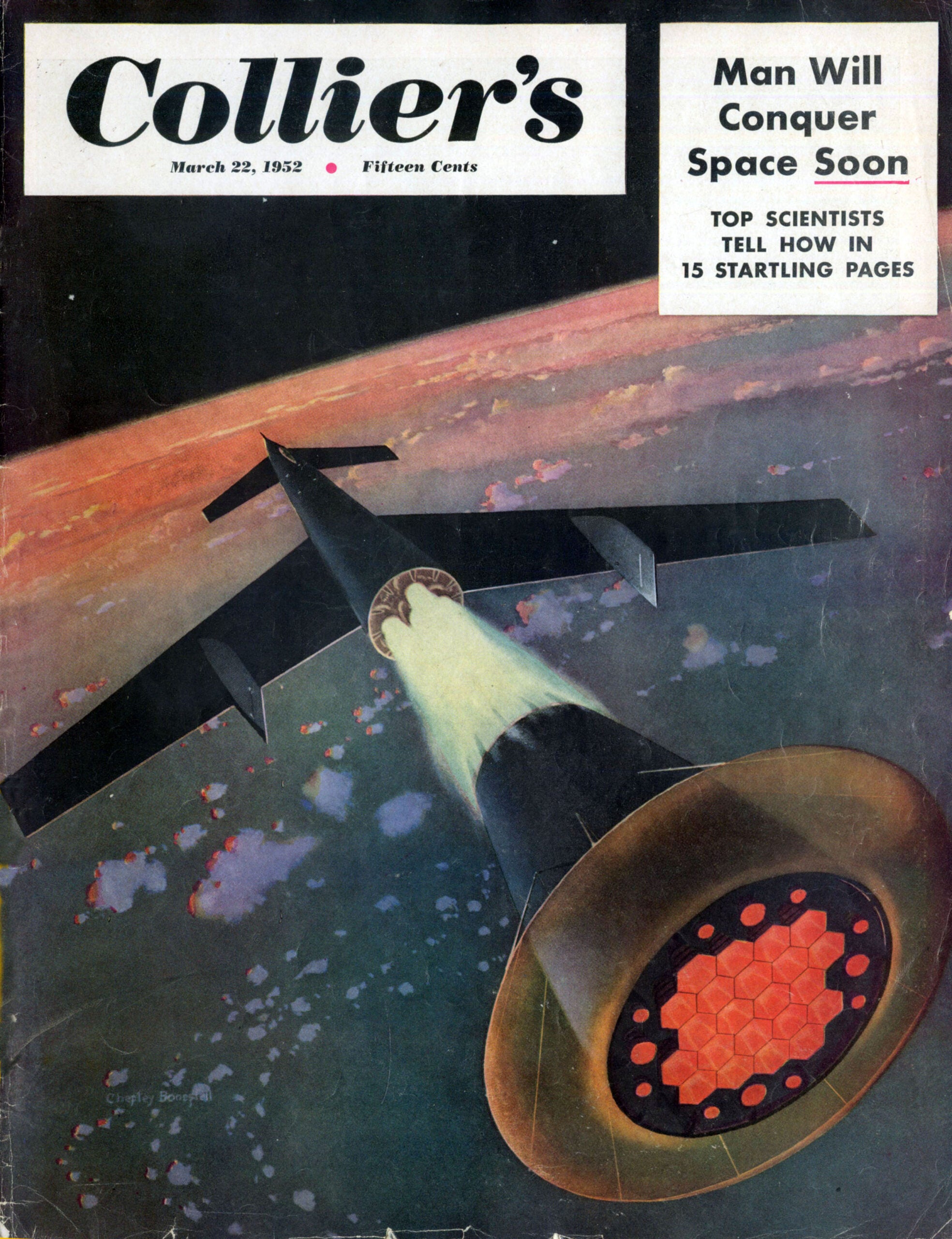Zipping along at 47,000 miles an hour, the Cassini spacecraft made its first dive through the rings of Saturn on December 11 as part of the “ring-grazing” phase of its mission. The little spacecraft will spend the next 20 weeks studying the most spectacular sight in our solar system, with special focus on the F ring.
Cassini entered its ring-grazing orbit on Nov. 30 at the farthest point in the orbit. Its nearest approach to Saturn is about 5,000 miles outside the F ring.
To enter its ring-grazing orbit, Cassini got a gravitational boost from the moon Titan, a maneuver Cassini has employed many times since its arrival at the Saturn system in 2004. In fact, Titan has been instrumental in shaping and prolonging Cassini’s mission.
“Titan is quite large, and so every time we fly by, it bends our trajectory,” says Earl Maize, Cassini project manager for NASA’s Jet Propulsion Laboratory in Pasadena, Calif. The moon gives a boost of 500-700 meters per second to the little spacecraft, comparable to the main engine burn used to insert Cassini into Saturn’s orbit. “So we’ve essentially had 125 massive main engine burns, and we’ve used that to tour around. We couldn’t possibly have carried enough fuel to do what we’ve done with the gravity assist we get from Titan.”
Cassini was low on fuel even before changing trajectory from its orbit well outside the rings into the current ring-grazing orbit. The main engine fired for what was probably the last time to make a course correction shortly before entering the ring-grazing orbit early on Sunday morning, Pasadena time. Cassini hit its mark within about 150 meters, says Maize.
Instructions for the engine burn had to be transmitted well in advance to compensate for the one-and-a-half-hour travel time between Earth and Saturn, since the two planets are nearly on opposite sides of the sun.
From its orbit close to the F ring, Cassini will be able to obtain unprecedented views of the complicated behavior within the F, A, and B rings. The F ring alone presents plenty to watch. The thin, outermost discrete ring of Saturn orbits about 140,000 kilometers from the planet’s center and features spiral strands and channels. The ring particles are shepherded by two tiny moonlets, Prometheus inside the ring orbit and Pandora outside. When bodies within the F ring collide, they create dust that is ejected as streamers.
Prometheus actually dives into the F ring periodically, when the outermost point of its eccentric orbit intersects with the innermost point in the ring’s eccentric orbit. The two orbits precess around each other. The moonlet trails dark channels of disruption in its wake through the ring particles.
“There’s probably, we’re hoping, enough particles that we can get a good sampling of the F ring particles or any gases coming off and directly measure their composition,” says Linda Spilker, Cassini project scientist at the Jet Propulsion Laboratory.
Cassini will sample the dust particles outside the F ring using the Cosmic Dust Analyzer, which incorporates a mass spectrometer to determine the dust’s composition.
“We know that Saturn’s rings in general are mostly made of water ice, probably 99 percent water ice,” but the rings also show colors, Spilker says. “We’re still not sure what that coloring is coming from. This is our first chance to perhaps get a closer look at some of those particles and see what they might be made of.”
Cassini will also get a good view of the “propellers” in the outer part of the A ring, which is the next inside the F ring. Propellers are created by small objects that are not quite massive enough to clear a gap in the ring around them.
“They instead have these two little arms, one in front and one behind, that are like partially opening up a gap,” says Spilker. The propellers whimsically carry the nicknames of past aviators, such as Bleriot and Earhart. “Then there’s this interesting feature at the outermost part of the A ring,” she adds. “Turns out there’s probably a large object forming in the outer part of the A ring. It got nicknamed Peggy.”
Orbital resonances, when two orbiting bodies feel a periodic gravitational tug on each other, also cause some behavior in the rings, such as gaps and spiral waves. The inner boundary of the Cassini Division, for example, between the A and B rings orbits twice for every orbit of the moon Mimas.
The rings also display resonance behavior caused by Saturn itself, according to Spilker. Cassini’s orbits after the ring-grazing phase, known as the Grand Finale, will pull the spacecraft even closer to the planet. Beginning in April 2017, the close orbits, as close as 1,628 kilometers above Saturn’s cloud tops, may reveal clues to what might cause the Saturn-induced resonances. The close orbits will also allow Cassini to measure the mass of the rings by subtracting the planet’s mass from the combined mass of the planet-ring system.
The spacecraft will end its mission with a final plunge into Saturn’s atmosphere on Sept. 15.
With the Grand Finale orbits between the planet and the rings, Cassini will also be able to measure Saturn’s close gravitational and magnetic fields and gather clues about whatever structure might be hidden beneath Saturn’s clouds.
Allen Zeyher is a freelance writer in the Chicago area.
For more information visit NASA JPL Cassini-Huygens Mission.

